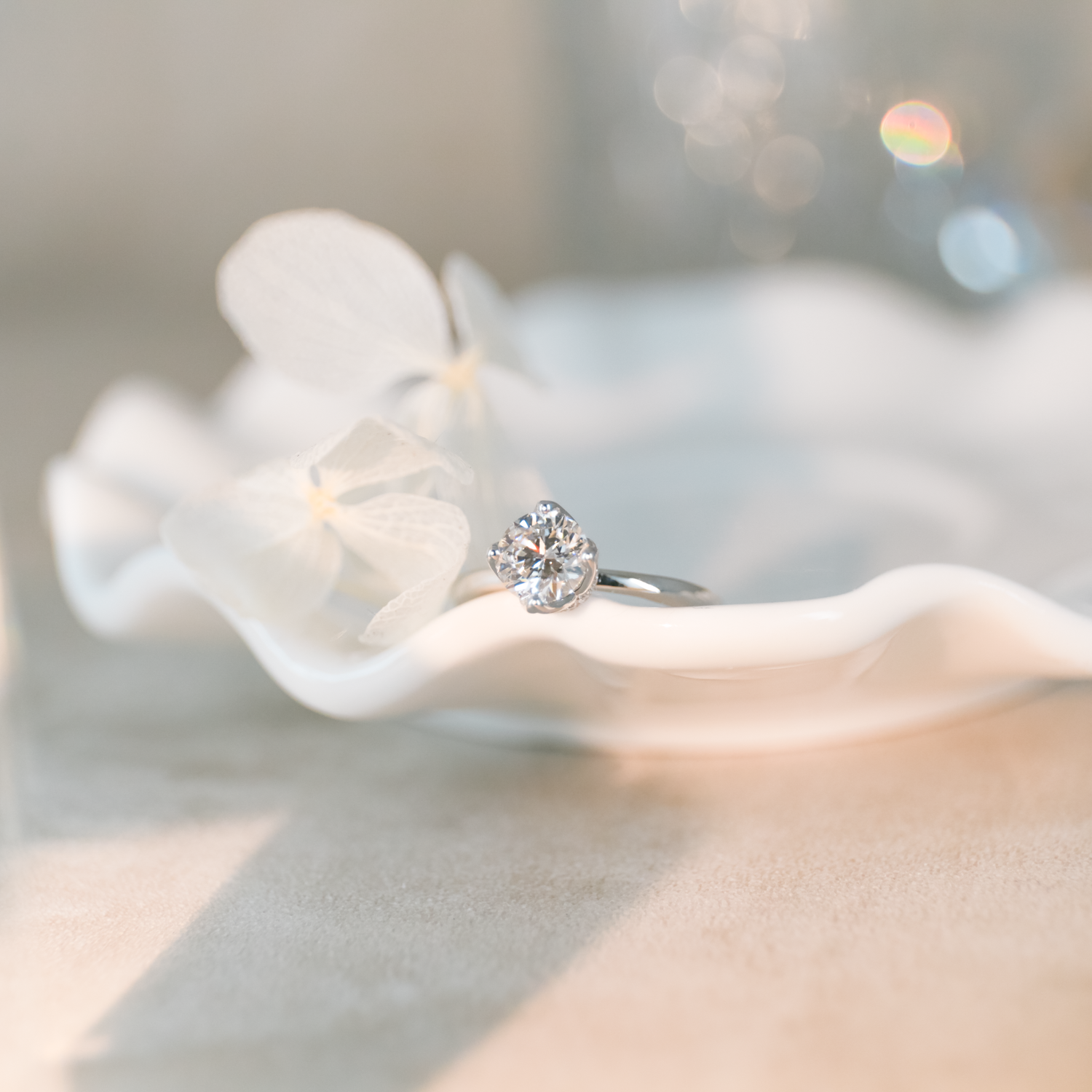Introduction to Lab Diamonds
Welcome to the sparkling world of lab diamonds! These gems are more than just shiny accessories; they represent a blend of tradition and innovation. As cultures around the globe evolve, so too do their perceptions of diamonds—especially lab-grown ones. In this article, we’ll explore how various cultures and lab diamonds view diamonds, the significance of lab diamonds, and how they’re shaping modern practices.
The Intersection of Cultures and Diamonds
Diamonds have long held a special place in human history, woven into the fabric of many cultures. They symbolize love, power, and status, but lab diamonds are changing the narrative.
Cultural Significance of Diamonds
For centuries, diamonds have been considered a girl’s best friend, especially in Western cultures. They’re often associated with engagements and weddings, representing eternal love. In many cultures, the act of giving a diamond is a rite of passage or a significant life event.
How Lab Diamonds Are Changing Perspectives
However, as lab diamonds gain popularity, perceptions are shifting. These diamonds challenge the traditional view offering ethical and sustainable options. They allow consumers to embrace luxury without the guilt associated with conflict diamonds. It’s like having your cake and eating it too!
Global Perspectives on Diamonds
The way diamonds are perceived varies widely across cultures, especially when it comes to lab-grown options.
Western Views on Lab Diamonds
In Western countries, lab diamonds are increasingly seen as a viable alternative to mined diamonds. They appeal to younger generations who prioritize sustainability and ethics. Brands that promote lab diamonds often market them as “the conscious choice,” tapping into a growing demand for responsible luxury.
Eastern Cultural Views
Eastern cultures, however, have a more complex relationship with diamonds.
India: A Traditional Market
In India, diamonds have a rich cultural significance. They’re often viewed as a symbol of wealth and status, deeply ingrained in wedding traditions. While lab diamonds are slowly gaining traction, many consumers still prefer natural diamonds for their perceived authenticity. However, as awareness grows, the acceptance of lab diamonds is also on the rise.
Japan: Embracing Modernity
On the other hand, Japan is embracing lab-grown diamonds with open arms. The Japanese culture values innovation and quality, making lab diamonds an appealing choice for consumers seeking modern yet meaningful options. They are often seen as a reflection of one’s personal values rather than just a symbol of status.
Sustainability Across Cultures
Sustainability is a universal concern, and different cultures are approaching it in various ways.
Cultural Attitudes Toward Sustainability
Many cultures are now prioritizing sustainability, influenced environmental movements and changing consumer habits. Lab diamonds fit perfectly into this narrative, as they provide an eco-friendly alternative to traditional mining, which often harms the environment.
Lab Diamonds as a Sustainable Choice
Lab diamonds represent a sustainable choice that resonates across cultures. They reduce the ecological footprint associated with diamond mining, making them an attractive option for those looking to make responsible purchases. It’s like giving Mother Earth a little love while indulging in luxury!
Economic Impacts on Various Cultures
The emergence of lab grown diamonds is also influencing local economies.
Lab Diamonds in Local Economies
As the demand for lab diamonds increases, so does their impact on local economies. Many companies are investing in lab-grown diamond production, leading to job creation and industry growth. This is particularly important in regions that have relied on traditional mining.
Job Creation and Industry Growth
The lab diamond industry is creating opportunities for skilled labor, from scientists and engineers to artisans and marketers. This diversification can help communities thrive, proving that innovation can lead to economic empowerment.
Cultural Celebrations and Lab Diamonds
Lab diamonds are finding their way into cultural celebrations, especially significant life events.
Weddings and Engagements
In many cultures, weddings are grand celebrations where diamonds play a starring role. Lab-grown diamonds are becoming popular in engagement rings and wedding bands, allowing couples to express their love in an ethical manner. It’s a beautiful way to start a life together!
Symbolism in Different Cultures
Diamonds symbolize different things across cultures. In some, they represent eternal love; in others, they signify wealth or status. Lab diamonds are gradually being integrated into these traditions, allowing couples to honor their heritage while making modern, ethical choices.
Challenges and Misconceptions
Despite their rising popularity, lab diamonds face some challenges and misconceptions.
Skepticism Toward Lab Diamonds
Some consumers remain skeptical about lab diamonds, often questioning their value and authenticity. The perception that lab-grown diamonds lack the “soul” of natural ones can deter some buyers. It’s like the age-old debate about whether a painting from a master is more valuable than a print.
Addressing Cultural Myths
To overcome these hurdles, education is key. By addressing cultural myths and highlighting the benefits of lab diamonds—such as their sustainability and ethical sourcing—consumers can make more informed decisions. Knowledge can bridge the gap between tradition and innovation!
The Future of Lab Diamonds in Global Cultures
As we look ahead, what does the future hold for lab diamonds across cultures?
Trends and Innovations
The lab diamond market is continually evolving, with trends leaning towards customization and unique designs. Consumers are increasingly looking for ways to express their individuality, and lab diamonds offer endless possibilities for personalization.
Embracing Diversity in Design
Moreover, as cultures continue to merge and influence one another, we can expect to see a rich diversity in diamond designs. Lab diamonds can be crafted in ways that reflect various cultural aesthetics, celebrating the beauty of global traditions.
Conclusion
In conclusion, the relationship between cultures and lab diamonds is complex and evolving. As lab-grown diamonds continue to gain acceptance, they bridge the gap between tradition and modernity, offering sustainable and ethical alternatives to consumers worldwide. Whether it’s a wedding ring or a piece of statement jewelry, these diamonds allow us to celebrate our values while honoring our cultural heritage. So, the next time you consider a diamond, think about the story it tells—not just about luxury, but also about choices that resonate across cultures. Shine bright, ethically!

